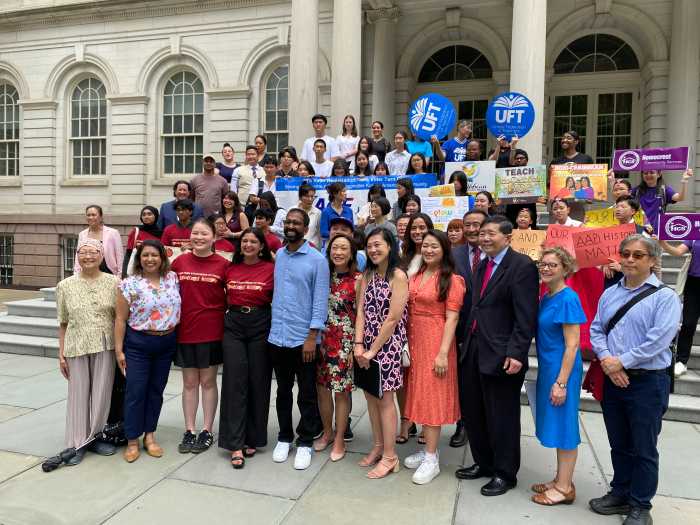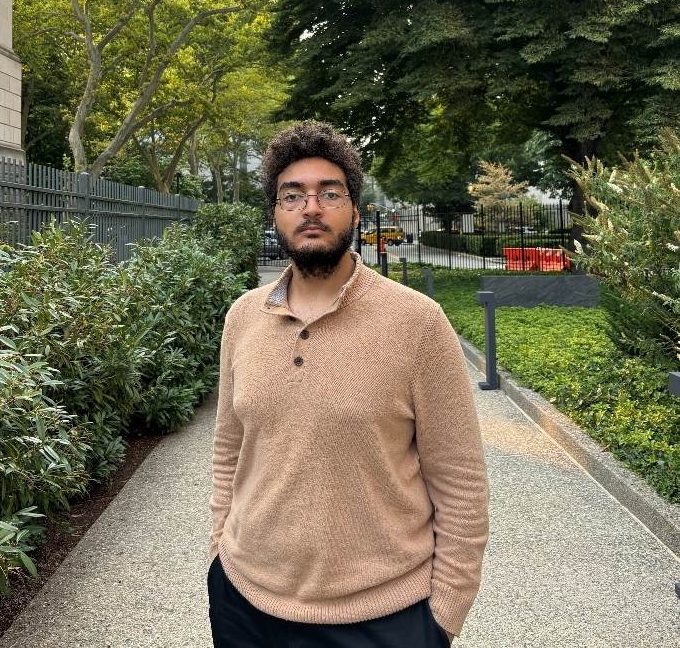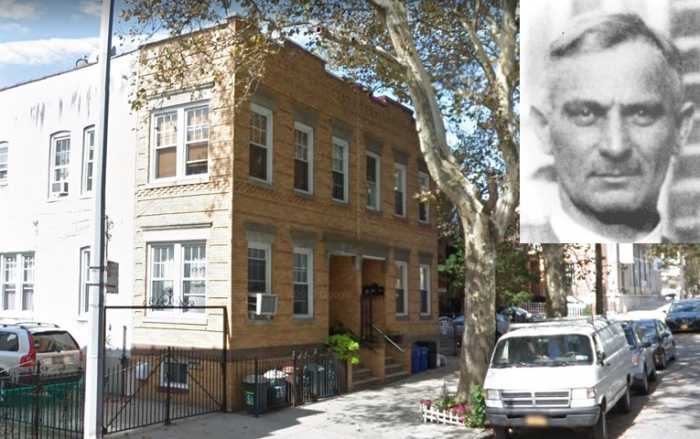Iris Rivera fears for the future of her son Nicholas’ education. The fourth-grade student, struggling with a learning disability, will matriculate with rest of the city’s student body through the upcoming Special Education Reform, set to roll out this fall.
According to a representative from the Department of Education (DOE), beginning in September, kindergarten, sixth and ninth grades will begin integrating special education students with general education pupils. The program is expected to be phased in over the next several years, combining children with varying degrees of disabilities with general education.
“He isn’t fully ready to be in a regular education class,” said Rivera. “It’s going to confuse him and he’s going to feel like he’s behind.”
Nicholas excels in mathematics and science, shining during in-class experiments. Rivera says he struggles with reading comprehension, skipping over words and struggling to form complete sentences. Several times a week, Nicholas attends specialized classes, assisting him with writing and reading. Rivera feels her son’s current school set up has improved him greatly.
“They’re pushing him to get better and do more,” said Rivera of her son’s current curriculum. “If they integrate, it will set him back all the way and he’ll be totally lost.”
Rivera believes integration could also have negative social consequences, fearing other students may tease her son.
According to the Department of Education (DOE), 30.7 percent of students with disabilities graduated from high school in four years in 2010.
The DOE argues that increased interaction between students with disabilities and those in general education raises scores on standardized tests, diminishes truancy and disruptive behavior and betters their chances for employment and independent living after high school. According to the DOE, these improvements occurred in all students with disabilities, regardless of the severity or type of handicap, gender or socioeconomic standing. The agency cited studies, stating that self-contained classrooms provide an absence of positive behavior models and have a negative impact on classroom environment.
A Universal Design for Learning (UDL) will be implemented at all schools throughout the city, according to the DOE, providing equal opportunities for students to learn, with or without disabilities.
Margaret Bena, a general education teacher in District 28 in Jamaica, believes integration will have positive affects, forcing students of varying abilities to work collaboratively.
According to Bena, students labeled as special education merely require certain modifications to achieve core standards, eventually taking the same statewide examinations. She feels integration will assist special needs children with social interaction skills.
Bena’s school has had inclusion classes since she began teaching there four years ago. She says the capacity for an integrated classroom is 25 kids – 10 special education and 15 general education. Each class will also have two teachers, one of which is trained to instruct special-needs children. Bena said the average New York City classroom has 30 kids and one teacher.

































